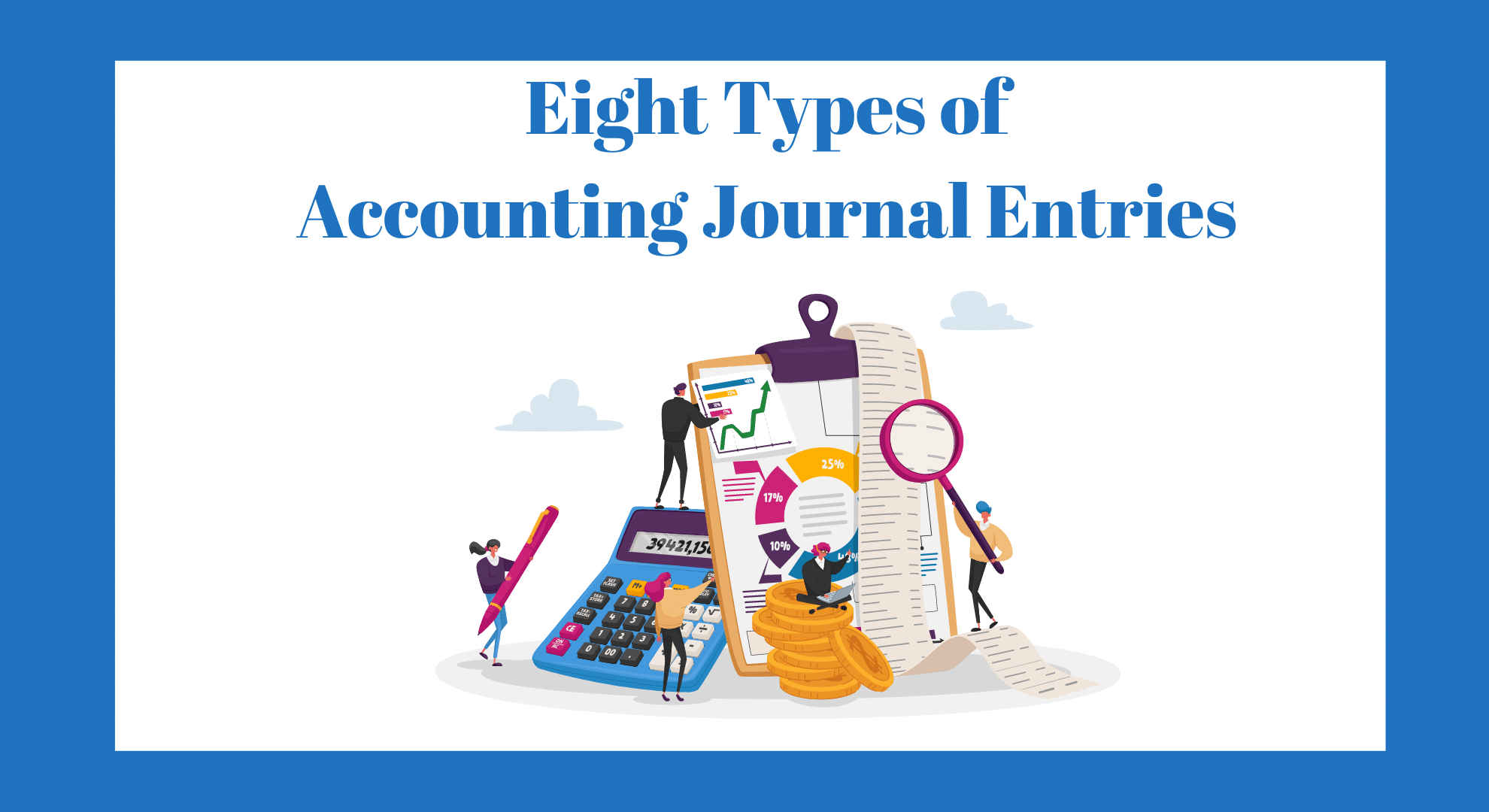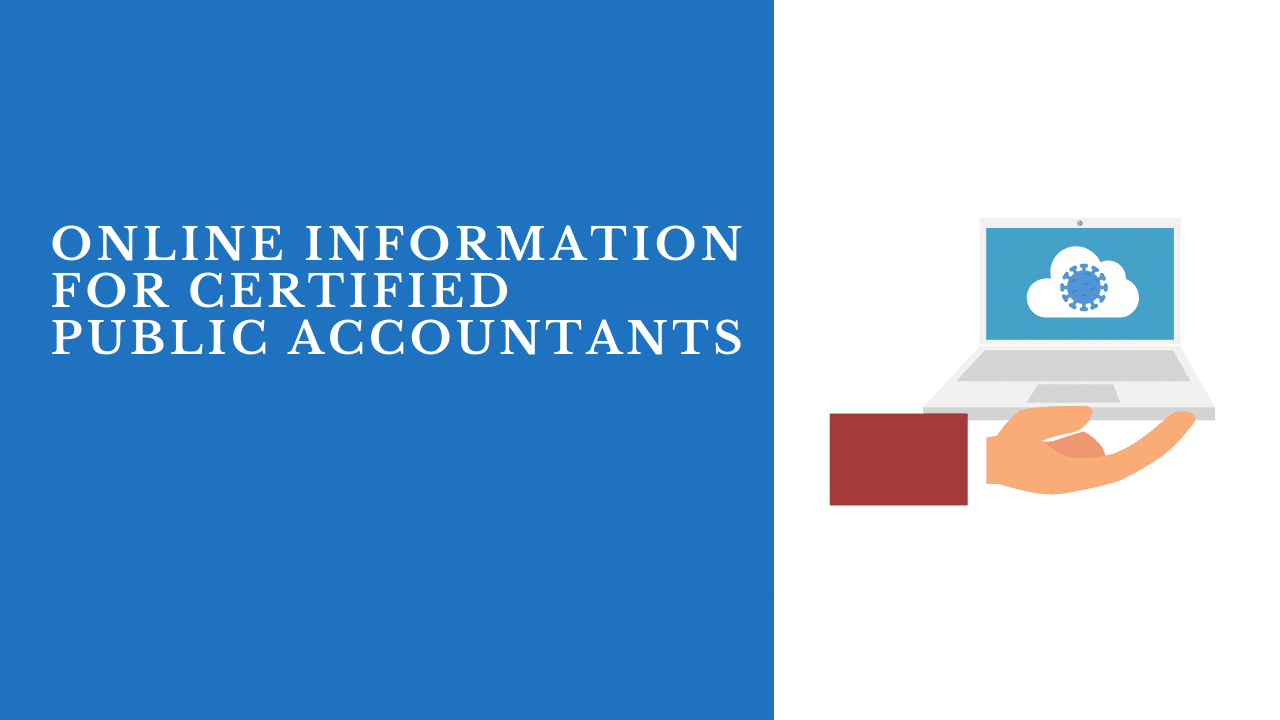
Eight Types of Accounting Journal Entries
By Charles Hall | Accounting
In this article, I provide eight different types of accounting journal entries.
Understanding journal entries is critical to understanding accounting. So, read on.
Journal entry types include the following:
- Standard
- Nonstandard
- Accruals and deferrals
- Adjusting entries
- Reclassifying entries
- Closing entries
- Consolidating entries
- Proposed audit adjustments
These journal entry types are not mutually exclusive. For example, an accrual entry can be standard or nonstandard.
1. Standard Journal Entries
Standard journal entries are those that are repetitive. Often, these entries are automated with the company’s accounting software.
For instance, if a company will pay $5,000 per month for rent for the next three years, the accountants might set up an automated entry. That way, the company doesn’t have to make this monthly entry manually. Most accounting software packages provide for automated entries. Set it up once and specify the number of periods to make the entry. Then, the software will record an entry such as the following until the rental agreement terminates.
|
Account |
Debit |
Credit |
|
Rent |
5,000 |
|
|
Accounts payable |
5,000 |
|
|
To accrue the monthly rental expense due to Clockworks, Inc. |
||
Another example of a standard journal entry is depreciation. If the company purchases a corporate office for $5,000,000 and plans to depreciate it straight-line over 50 years, it can create an automated entry of $8,333 each month.
|
Account |
Debit |
Credit |
|
Depreciation expense |
8,333 |
|
|
Accumulated depreciation – buildings |
8,333 |
|
|
To record the monthly building depreciation for the corporate office |
||
2. Nonstandard Journal Entries
Nonstandard journal entries are those that are not repetitive. For example, they might be one-time entries or occur twice a year. These entries are usually manually inputted into the company’s accounting software. Examples of nonstandard entries include the following:
- Impairment charges
- Writing off bad debts
- Stock buy-backs
- Legal settlements
- Debt restructuring
Nonstandard journal entries, such as those for mergers with or acquisitions of other companies, can be complex.
3. Accruals and Deferrals
When a company uses the accrual basis of accounting, it accrues and defers revenues and expenses based on when it earns revenues and incurs expenses. The company’s activity—goods or services provided or purchased—drives the accounting.
For example, if you are an attorney, you can recognize revenue as you provide services on a particular day, even though you may not receive the related payment until weeks later. And if you buy office supplies on the first day of a month, you accrue (record) the expense on that day, though you make the related payment thirty-five days later. Accruals are the recognition of revenues and expenses before cash is received or paid.
In contrast, a company using the cash basis of accounting recognizes revenues and expenses as cash is received and paid: the receipt and payment of cash drive the accounting. Companies using the cash basis of accounting do not accrue or defer revenues and expenses.
Accruals
Suppose a company receives an invoice from a CPA for audit services totaling $25,000, but it plans to pay the expense at the end of the month. The company can accrue the expense upon receiving the invoice.
|
Account |
Debit |
Credit |
|
Professional services |
25,000 |
|
|
Accounts payable |
25,000 |
|
|
To accrue audit expenses for the September 12, 20XX Crofts and Seals invoice #1015 |
||
Cash Payment
The company would recognize the cash payment when paid.
|
Account |
Debit |
Credit |
|
Accounts payable |
25,000 |
|
|
Operating checking |
25,000 |
|
|
To record the October 2, 20XX payment of the Crofts and Seals invoice #1015 |
||
Deferrals
Deferrals postpone the recognition of revenues and expenses until a period after the one in which cash is received or paid.
Suppose a repair company receives $10,000 for services on April 2, 20XX, but performs the work on May 10, 20XX. The company can defer revenue recognition until it provides the repair work. Deferred revenue is a liability account.
|
Account |
Debit |
Credit |
|
Cash |
10,000 |
|
|
Deferred revenue |
10,000 |
|
|
To defer revenue recognition for the April 2, 20XX receipt from Jerry’s, Inc., repair work is to be done in May. |
||
The company recognizes the earned revenue when it provides that service on May 10, 20XX.
|
Account |
Debit |
Credit |
|
Deferred revenue |
10,000 |
|
|
Repair services |
10,000 |
|
|
To recognize income earned on May 10, 20XX, repair ticket 1452 |
||
4. Adjusting Entries
Adjusting entries are often made at period-end (e.g., month-end) to correct the company’s financial statements, though they can be made during the period.
For example, if company employees work one week but are not paid by month-end, an accrual can be made to recognize the salary expense incurred. So, the company makes an adjusting entry (in the form of an accrual) at the end of the month.
While adjusting entry is often used synonymously with the word accrual, they are not the same. Adjusting entry is broader than accrual and encompasses all entries made to record a company’s activities. Accruals record revenues and expenses. On the other hand, adjusting entries include non-accrual activities such as depreciation, allocations, and bad debts—and accruals of revenues and expenses.
Here are examples of adjusting entries:
- Accrued expenses
- Accrued revenues
- Prepaid expenses
- Unearned revenues
- Depreciation
- Amortization
- Bad debts
Adjusting entries also encompass prior period adjustments. A prior period adjustment is an entry made to correct a prior period error.
Suppose a company uses GAAP and does not record $45,000 in payables at the end of December 31, 20X3, and records that amount as an expense in January 20X4. Now, the expense appears in the wrong year (assuming the company has a calendar year-end), resulting in an understatement of 20X3 expenses and an overstatement of 20X4 expenses. On July 2, 20X4, the company discovers the error. So, a prior period adjustment is necessary and is recorded in December 20X4.
Now, let’s look at reclassifying entries.
5. Reclassifying Entries
A reclassifying entry is one made to move amounts between different accounts.
For example, if a company has recorded an expense as Miscellaneous Expense that should be Office Expense, a reclassifying entry is made to debit Office Expense and credit Miscellaneous Expense. Doing so moves the expense from Miscellaneous Expense to Office Expense. This entry has no impact on net income. It only reclassifies the expense to the correct account.
Here is the reclassification entry:
|
Account |
Debit |
Credit |
|
Office Expense |
15,232 |
|
|
Miscellaneous Expense |
15,232 |
|
|
To reclassify office expenses to the appropriate account for the Skagg’s invoice #41230 |
||
Classification of amounts can be critical to accurate reporting. For instance, what if a company defaults on the debt covenants of a $9 million loan? According to GAAP, the debt usually becomes short-term. Why? The loan is callable by the lender, meaning the creditor can demand immediate payment. So, a reclassifying entry is made to move the debt from long-term to short-term. This reclassification entry has no impact on equity, only on the presentation in the balance sheet.
|
Account |
Debit |
Credit |
|
Debt – long-term |
9,000,000 |
|
|
Debt – short-term |
9,000,000 |
|
|
To reclassify the Herald Bank note payable to short-term after default of debt covenants |
||
6. Closing Entries
Closing entries are journal entries made at the end of an accounting period to transfer balances from temporary accounts (e.g., revenue accounts) to permanent accounts (e.g., equity accounts).
A temporary account is an account that is closed at the end of every accounting period, meaning its balance is $0 on the first day of the next accounting period (usually a year). Temporary accounts include all income statement accounts, such as revenues and expenses.
Permanent accounts are those that are not closed out at period end. Their balances do not reset to $0 on the last day of the period. Permanent accounts include asset, liability, and equity accounts—balance sheet accounts.
Closing Out Revenues
For example, sales revenue is $2,010,099 on December 31, 20X3 (for a calendar year entity), but $0 on January 1, 20X4. The revenue is closed to retained earnings (an equity account) at year-end. Revenue accounts start with a $0 balance at the beginning of the new accounting year.
|
Account |
Debit |
Credit |
|
Sales |
2,010,099 |
|
|
Retained earnings |
2,010,099 |
|
|
To close out the sales revenue amount at year-end |
||
This entry increases retained earnings, which is a permanent account.
Closing Out Expenses
In another example, the salary expense account is $687,098 on December 31, 20X3 (for a calendar year entity), but $0 on January 1, 20X4. At year-end, the expense is closed to retained earnings (an equity account). Expense accounts start with a $0 balance at the beginning of the new accounting year.
|
Account |
Debit |
Credit |
|
Retained earnings |
687,098 |
|
|
Salaries |
687,098 |
|
|
To close out the salary expense amount at year-end |
||
This entry decreases retained earnings, which is a permanent account.
Closing entries are normally made automatically by a company’s accounting software.
7. Consolidating Entries
Companies make consolidating entries when two or more entities are combined. Consolidating entries eliminate intercompany transactions.
In consolidation (or combined) financial statements, the presentation should appear as though the two entities are one. So, revenues recognized in selling from company A to company B are eliminated (when consolidating the two entities). Company B’s expense (for these transactions) is also removed from the consolidated financial statements.
Additionally, eliminate intercompany receivables and payables. That is, receivables and payables offset each other.
Consolidating entries are often made in a spreadsheet (e.g., Excel) with the two entities’ account balances side by side and then additional columns to record the eliminating entries. The final columns include the adjusted balances for the financial statement balances.
Some accounting software packages make the consolidating entries for you, and no spreadsheet is necessary.
8. Proposed Audit Adjustments
External auditors sometimes propose journal entries to adjust a company’s accounts. Auditors create the proposed audit adjustments to correct misstatements. These are provided to the company, and it decides whether it will record the entries; this is why they are called “proposed adjustments.” If the company does not record material proposed audit adjustments, the auditor may need to modify their audit opinion. Companies usually do not desire a modified audit opinion.
Types of Journal Entries – Summary
There, you have eight types of accounting journal entries. Now, it will be easier to speak the language of accounting.
If you’re an auditor, see my article about testing journal entries.











